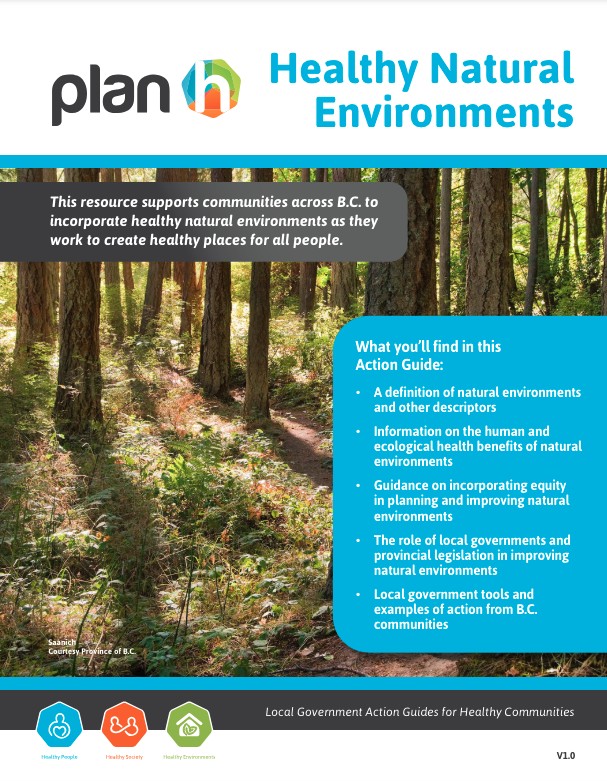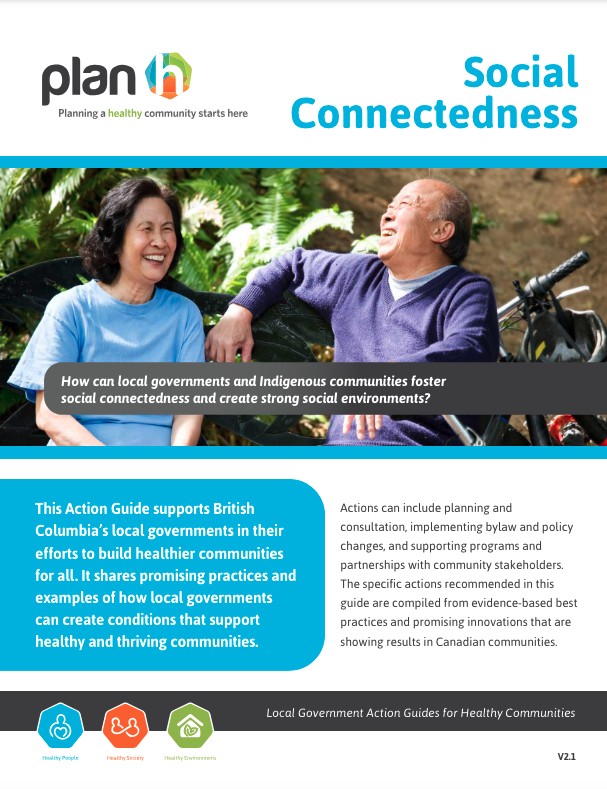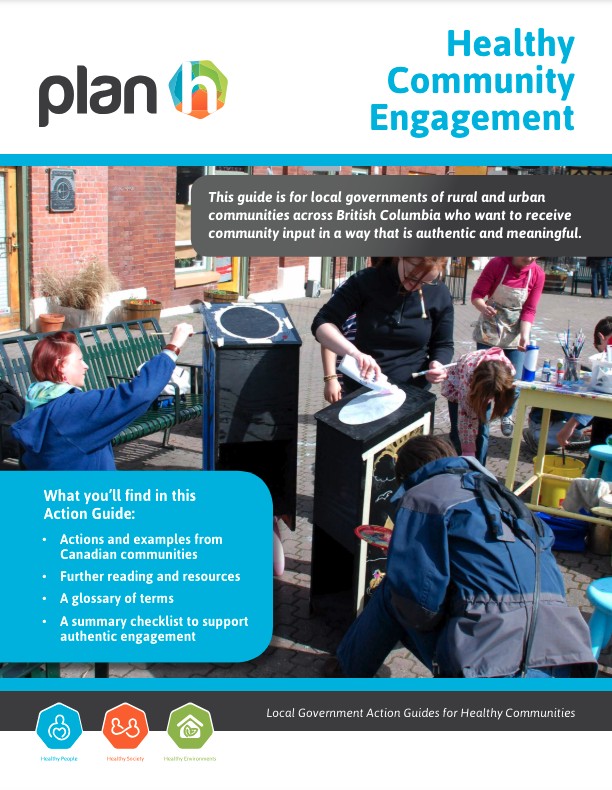Exploring the role of power in equitable community engagement
Jacob Cramer is a Researcher & Planning Assistant with BC Healthy Communities. As a society working to reduce systemic inequities, our systems should work to fairly redistribute opportunity, resources and power. Currently, community engagement processes are building a system which tries for fair opportunity, but often neglects to distribute power and resources. As planners and public…







